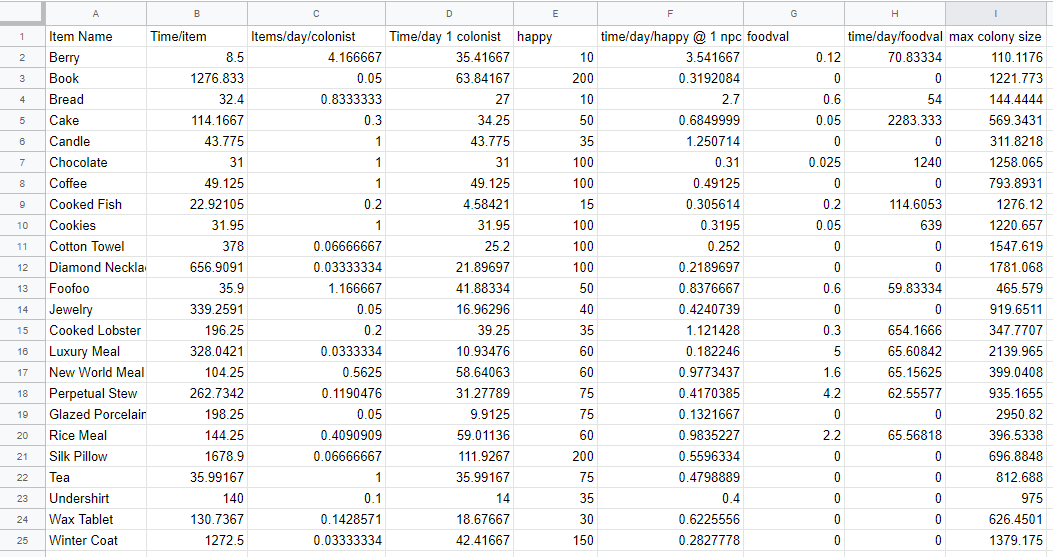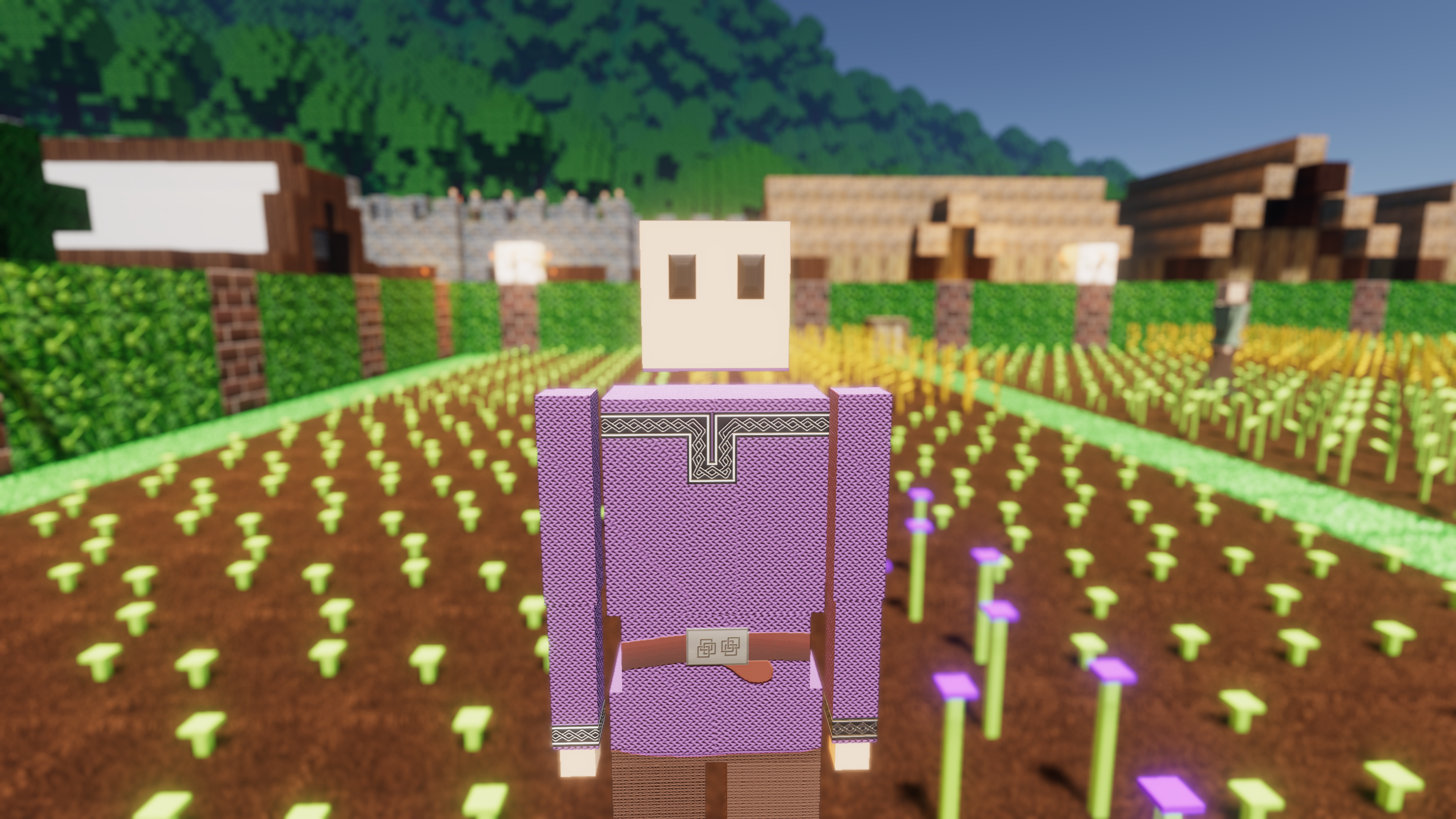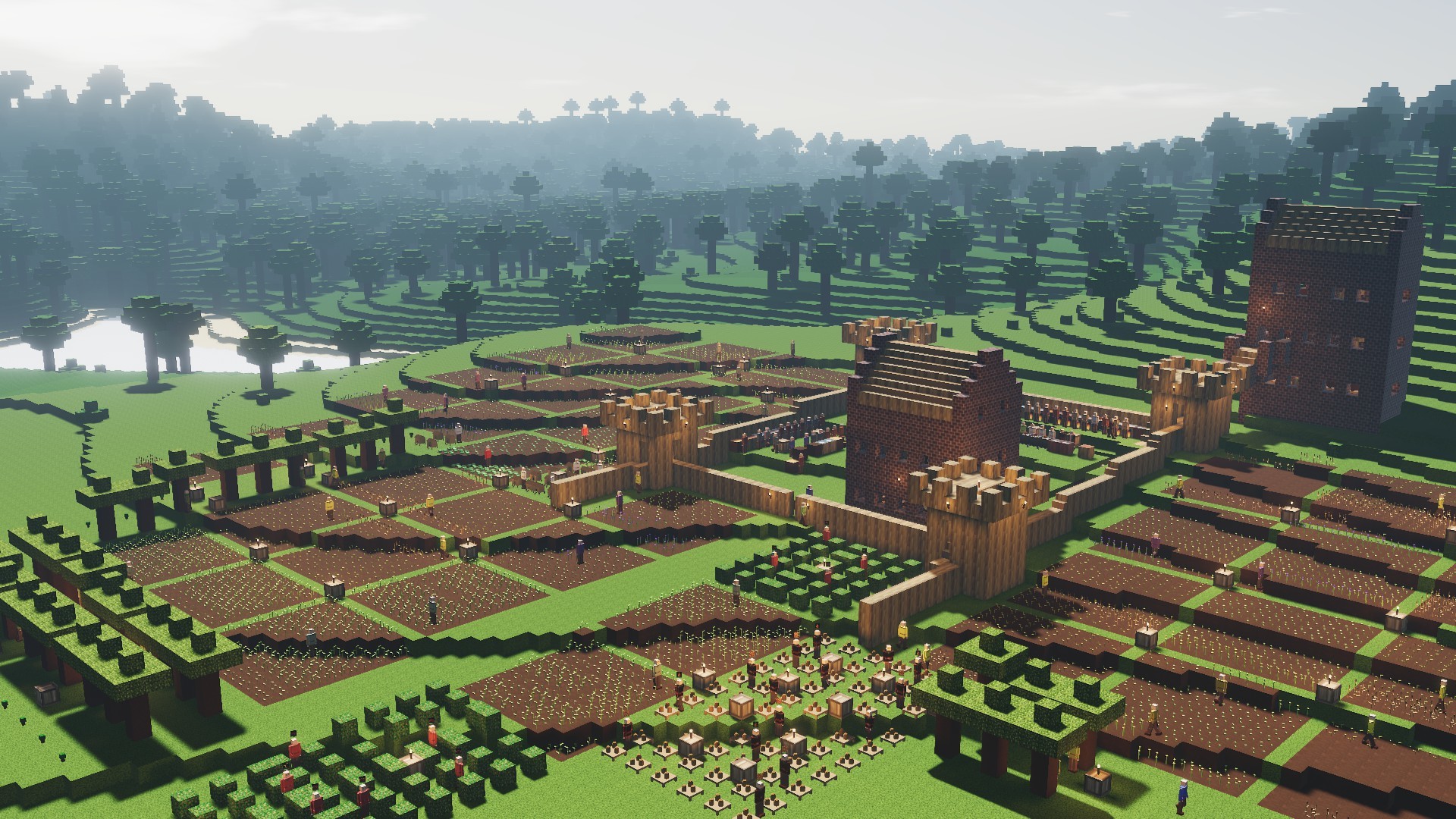
What do you like most about the game? What other gameplay additions would you like to see? Let's talk about it in the comments below! And keep checking back to GameSkinny for more Colony: Survival guides.Quest for Wheat kid I welcome back to colony survival multiplayer this is live stream or episode number two hello to everybody in live stream chat we've got so many people know she'll tap today but is, early in the morning so yeah holy smokes early in the morning so I might sound a, little bit different I'm drinking coffee he hopefully you guys have got coffee I heard it's really cold in America right now venom refused to do, the intro so but it's not the point the point is is that you're like I sound different. I'm looking forward to what the devs have in store for us as more patches roll out. Like I said, Colony Survival is still very Early Access but it does already have promising mechanics and multiplayer capabilities. I get by with a mix of walls and 2-3 guards without issue. The other option is to make sure that you have guards within line-of-sight range of the entrances to your colonist's sleeping quarters so they can take care of the zombies. Currently, zombies can't damage walls and they can't get over walls 2 blocks high. If you have the resources, you can just wall off your city. The zombies aren't really much of a problem in Colony Survival, but their numbers do scale in relation to the number of colonists. That way you have a steady supply of food coming in. Once you reach this point you should stagger your crop harvests between 3 wheat fields so that each day, at least 1 field is being harvested. All you need to do is build grindstone to have a colonist grind it into flour, and build an oven for a baker to turn it into bread. Your colonists can eat the wheat after it has been harvested but that's ultimately a waste, as you can turn it into bread for 3x the food value. It's important to set up your wheat farm ASAP, as you're only going to produce 12 units of food between your berry farms - which only acts as a buffer to slow your food drain. Grow Wheat, Make Bread, and Stagger Your Supply So you'll need quite a few of them if you're going to keep any number of colonists alive and full. The downside to berries is that they only produce 0.6 units of food per bush, and each colonist needs 5 units per day. because symmetry!īerries are useful because they don't really have a grow time like wheat, which is on a 3-day cycle.

I like to plant the berry crops in a 5x10 plot next to one another, so that when I hire wheat farmers it matches up with the 10x10 wheat fields. Like I said above, I started out with two berry farmers for my initial food production. But don't hire quite that many colonists from the start, or you will run out of food and they will die. The house above can fit 15 beds in it, which is plenty. What I do is build up a bunkhouse for my colonists to live in and fill it up with beds. You can only hire colonists if there is a bed for them to sleep in at night, so make sure that you build your beds first. I start off with three colonists - two to become berry farmers and one to be a guard. Slowly Build For and Hire Your First Colonists So take your time looking for the perfect spot.

I have noticed that you will not get attacked by zombies until you place your banner down.

#Colony survival wheat update#
So I tend to look for a lake or river area to build by, in the event that there is an update that requires you to have water for your colonists in the future.

Let's get into it! Take Your Time to Pick a Good Locationįrom what I've noticed, there currently isn't any sort of bonuses or penalties for where you choose to set up your colony. If you want to pick up this base-building survival game, I'm going to help you to get off to a good start with a good start with a few handy tips I've picked up while playing it myself.


 0 kommentar(er)
0 kommentar(er)
